 |
 |
Last Updated: Dec 15th, 2012 - 23:02:00 |
Owner of Tim Mantoani Photography in San Diego California since 1995,
Tim Mantoani works with a wide range of clients in both the editorial
and advertising fields. He is known primarily for his dramatic portraits
of sports personalities from around the world, several of which can be
seen in his book Mindgames: Explorations Into the Mental Area of Sport.
After
graduating from Brooks Institute of Photography in Santa Barbara, he
worked closely with renowned photographic educator Dean Collins, taking a
full-time position as Collins' studio manger. Wisely following in his
late mentor's footsteps, Mantoani is a master of innovative lighting
solutions and has published videos for photographic education.
Mantoani's
work has appeared in several publications including Sports Illustrated,
ESPN The Magazine, TIME, and Newsweek, to name a just a few.
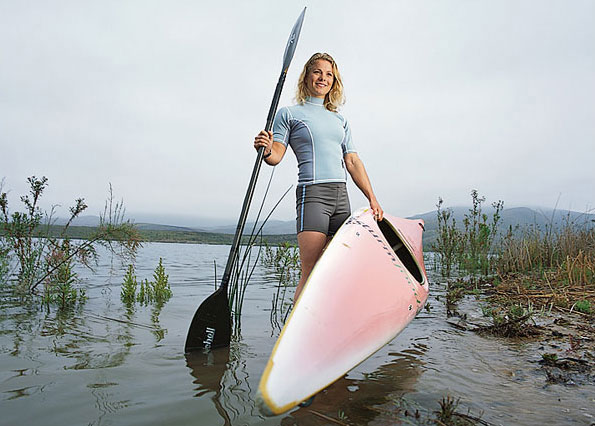 |
| © Tim Mantoani |
Double Exposure: Could you tell me a little about yourself and how you got started in photography?
Tim Mantoani:
I grew up in San Carlos, CA and originally got into photography
shooting for the high school yearbook. I was sort of interested in
photography as a career, but it seemed like going off to be a rock star.
I originally attended UC Santa Cruz to pursue an engineering degree,
did a year of calculus and all that kind of stuff, and pretty much
thought to myself, 'This sucks. If work is anything like that, it's not
what I want to fill my day with.' So to fulfill my arts requirement, I
applied to an introductory photography class which was really my first
time working in a dark room. I took a hard look at where I was heading,
and decided to look at the Brooks Institute in Santa Barbara (I had an
uncle that was a graduate). I went down there and looked at the school,
and thought, 'Wow, I can live in Santa Barbara and learn how to be a
photographer--sign me up!" There's not too much about that equation that
isn't appealing when you're 19 years old. So I transferred the next
year to Brooks and went through the program there.
DE: What was your first experience with photography that you remember?
TM:
My freshman year in high school I went on a trip with a bunch of
students to Washington, D.C. and Philadelphia, and I remember one of the
chaperones had an Olympus camera with a 70-210mm zoom lens. They were
standing out in front of the Liberty Bell and asked me to take a picture
of them. I was really far back and when I zoomed in on them I thought,
'Wow, this is really cool.' And I was pretty much hooked after that. A
friend of mine who lived across the street, his grandfather was an
amateur photographer, and I bought a used Olympus OM-1 and Vivitar
70-200mm zoom lens from him and pretty much started there. Our next-door
neighbor also owned the local camera store, so I would charge in there a
lot to look at stuff and buy used gear, to initially break into it.
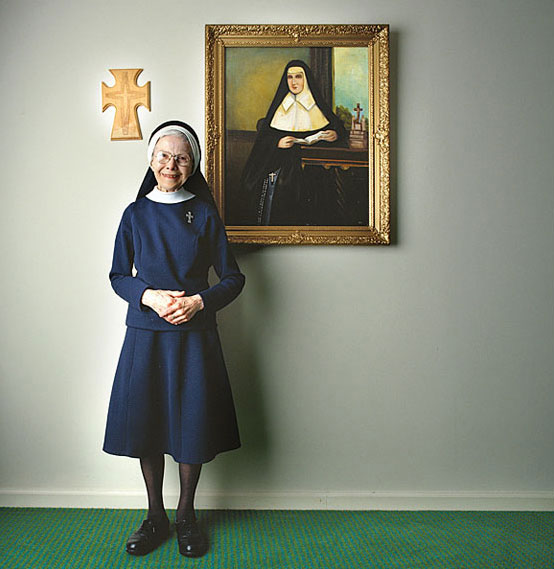 |
| © Tim Mantoani |
DE: Could you tell me a little about your studio?
TM:
I share my studio with another photographer, Marshall Williams, who was
also a Brooks graduate. We both had interned for Dean Collins. The
studio is 2300 sq. ft., based in San Diego, and pretty efficient in
terms of space--real estate in Southern California is very expensive, so
I need to make sure that we maximize our per sq. ft. usage. We have a
small make-up room, storage room, darkroom (which we barely ever get to
use these days), a small kitchen (we do some food shoots from time to
time, Marshall has several food clients). We share the shooting space,
but both of us being based in San Diego, we do a lot of location work as
well. There's actually a set being built in there today for a catalog
project I'm doing next week. So it's big enough to do that, and also
manageable enough that we don't see money flying out the door if it's
not being used.
Since we're based in San Diego, we do a wide
range of subject matter. A lot of times we get hired editorially because
of our geographic location, so someone might call and say they have a
person that works for them in San Diego and they need a portrait of
them. I do a lot of portrait work, but I'm also working on a huge
catalog project that's going to consume the majority of my month, so
it's a real mixed bag when it comes to the kind of work we get. That's
what I like about working in a market like San Diego: there's a wide
range of things that come your way so it doesn't get too redundant.
DE: Do you find time for personal work? Other interests or hobbies?
TM:
I always try to find time for personal work between keeping the
business afloat and my 6 year-old son. I'm trying to dedicate as much
time to my family as well, so it gets difficult, but I try to at least
have one or two personal projects going at any given time.
I find
that the personal work I've done in the last few years really has led
to more advertising work that's come out of that. I would say it's
similar to the work I like to show in my portfolio and put out there for
everyone. I think when you go out and you shoot subject matter that is
close to your heart, it really shows in the pictures, and I think that
stuff definitely bubbles to the top as far as front page portfolio type
of work. When I do workshops or lectures, I always tell students or
people that are attending that I think it's really important to do that
kind of work because ultimately that's what is going to separate you
from everybody else, because it really does show in the pictures that it
means something to you, and I think the viewer definitely feels that.
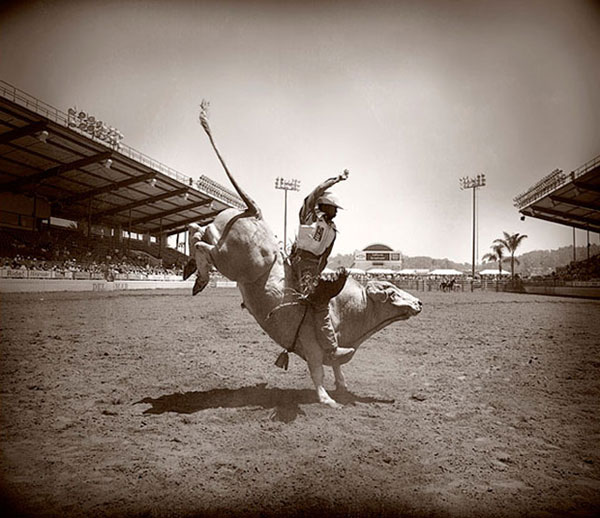 |
| © Tim Mantoani |
DE: Do you have a favorite subject or style you like to shoot in? In studio, on location?
TM:
All things being equal, I think I'd rather shoot editorial portraits on
location--real people. I think finding subject matter, whether it's an
athlete or a person that I find on the street in a foreign city, and
doing a portrait of them with some sort of surrounding which helps
complete the story of who they are and where they're at, is probably
what I enjoy the most, and probably speaks the loudest of the work that
I've shot.
DE: Is there a camera or lens you most enjoy using, or use most often? What are some of your thoughts on digital?
TM:
Everything's gravitated mainly towards 35 digitals--I use the Mark II
Ds quite a lot. I used to shoot a ton of 4x5 portraits and a lot of
Hasselblad 40mm portraits, which I still do some of that for personal
work. My most recent project is being shot on 20x24 Polaroid.
I
love shooting digital and obviously there's a lot of creative freedom
that comes to not just the process of shooting, but the post-process as
well. But it's a double-edged sword--it solves a lot of problems and
creates a lot of problems. As a commercial photographer, I become the
lab, so when I used to make money shooting film, I dropped the film off
at night, someone else processed it and I picked it up in the morning.
And that was actually a profit center for me. You can charge for
shooting digital, but with the changes in stock photography and online
access to so many pictures, and prices from a dollar on up, it doesn't
seem like anyone is willing to pay any more for photography because it's
so readily available, as almost a sort of commodity. So the digital
camera has allowed us to do a lot more creatively and quicker, but I
think it's really forced us to take a hit as craftsmen. I really felt
when I was shooting 4x5 or 120 that there was a mystique and magic to
the process, that when a client came to the studio they would like at me
like, "This guy is using stuff I don't know how to use." I felt more
like a blacksmith that hammered stuff out vs. someone that sticks a
piece of metal into a machine that spits out a part on the other end.
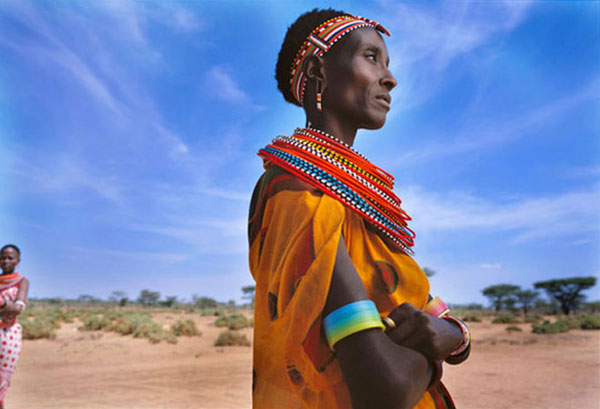 |
| © Tim Mantoani |
DE:
Who are some photographers/artists/people you admire or who
inspired/influenced you? Could tell us a little about working with Dean
Collins?
TM: Right now
the personal project I'm working on is photographing well-known
photographers holding their most iconic image. So I've had the
opportunity to meet a lot of people that inspire me, people like Neal
Leifer, Walter Iooss, Bill Eppridge, and Jim Marshall. There's so many.
I'm a sponge when it comes to photography and art. I subscribe to lots
of different magazines and I'm constantly looking at illustration and
design. I feel like I take that inspiration, whether it's a moving
picture or a tv commercial or a painting, and kind of soak it in. I
think it subconsciously comes out when you're shooting.
I
interned with Dean when I was a student at Brooks, and then when I
graduated was hired on to be his studio manager and first assistant. I
worked with him for a few years in that capacity and then became an
associate photographer until I started my own studio. But up until the
time he passed away, we very close friends and he was in our studio
weekly either working here on projects that he needed studio space for
or just stopping by to talk. He was always about trying to figure out
the puzzle and then once he solved it, it was all about, "Okay, what's
next." I think that's why he was a great photographer to learn from,
because he liked to figure out a variety of ways of doing things and
solving problems. The foundation I learned from him about lighting
theory was invaluable and I use it every day I shoot.
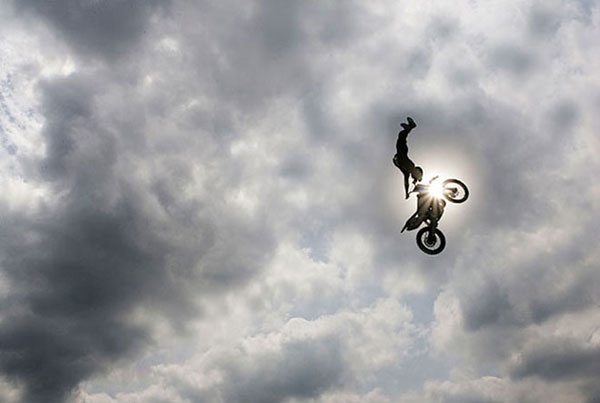 |
| © Tim Mantoani |
DE: What are you currently working on? Do you have any upcoming projects?
TM:
Yes, I'm currently working on a personal project called Behind
Photographs. I'm shooting 20x24 Polaroids of photographers holding their
most iconic pictures. I've been working at the 20x24 studio in New York
and San Francisco and I just recently acquired a 20x24 Wisner view
camera with a Polaroid system, so I can go on the road. I've
photographed about 15 people to date and have about 30 more committed to
shoot for this project. It'll be a slow, expensive process, but I
really feel like it's something that's important to me personally, so
I'm going to keep chasing it. I've talked to a couple different people
about publishing a book and a gallery exhibit, and I'm also meeting with
a director to talk about a potential documentary.
On the
commercial front, I just finished shooting a cookbook in Oregon at a bed
& breakfast that I had first stayed in on a travel assignment, and
now I've got a studio catalog project coming up for Sally Foster. I also
just photographed several NBA and NFL rookies for Upper Deck trading
cards along with a cover for Sports Illustrated of Tony Gwynn for the
Hall of Fame issue.
I also just finished teaching a workshop at
Brooks Institute last month--I teach there from time to time. Anytime
I'm in Santa Barbara, I like to stop in and see what's going on. I
definitely enjoy sharing with other photographers. If I can help
somebody to learn from the mistakes that I've made and share information
to make the business more solid and stronger, then I'm all for it. I
think more so now than ever, photographers need to band together to keep
the lines of communications open and ensure that things are always
getting better.
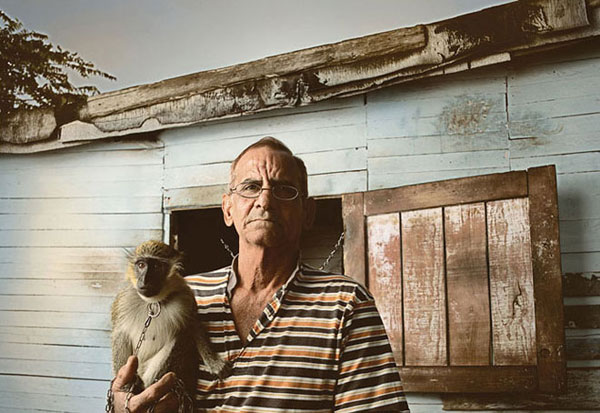 |
| © Tim Mantoani |
DE: Words of advice for our readers, or anything else you would like to mention?
TM:
I think the big thing is to just sing from the heart. Everybody has a
unique voice, and you need to find what that is. It's a hard business.
It's like a Nascar race, everybody's going around 200 mph and if you
take your foot off the throttle, everybody's going past you. You just
need to work at it every day and chisel away at it. And for people that
are just trying to get into photography, it can be very overwhelming--I
know I felt that way when I first went to Brooks. 'How am I going to cut
it? Why does this industry need ME?' But the bottom line is that if you
work hard and work smart, there's room for everybody to create the
images that they feel are special and find a market to sell those to.
Visit Tim Mantoani's Studio Website.
This article brought to you by PHOTOWORKSHOP.COM. Let us know if you found this article useful and tell us what kinds of articles you'd like to see in upcoming issues. Send your comments and ideas to the editor.
Top of Page
|
|
| |
